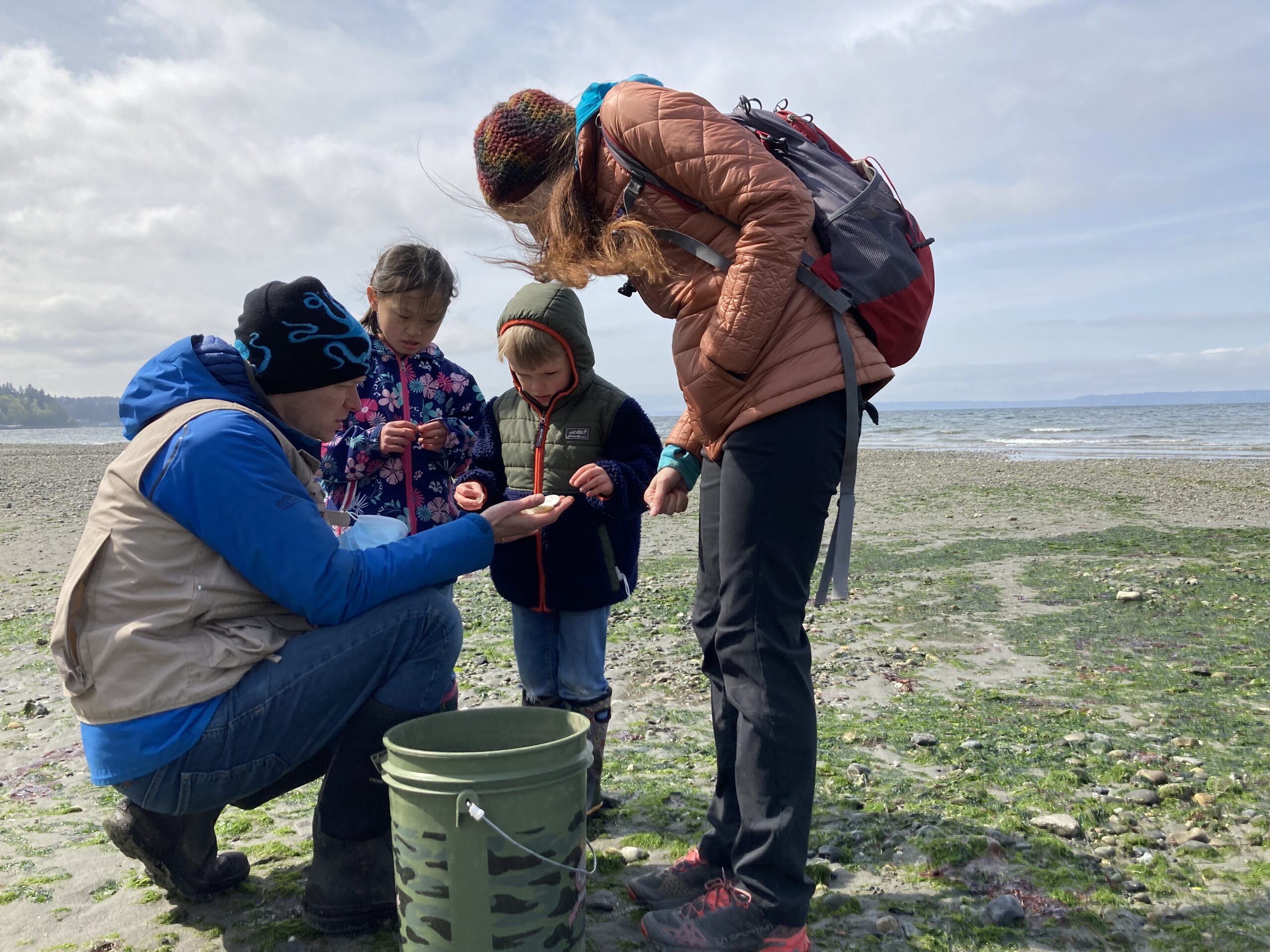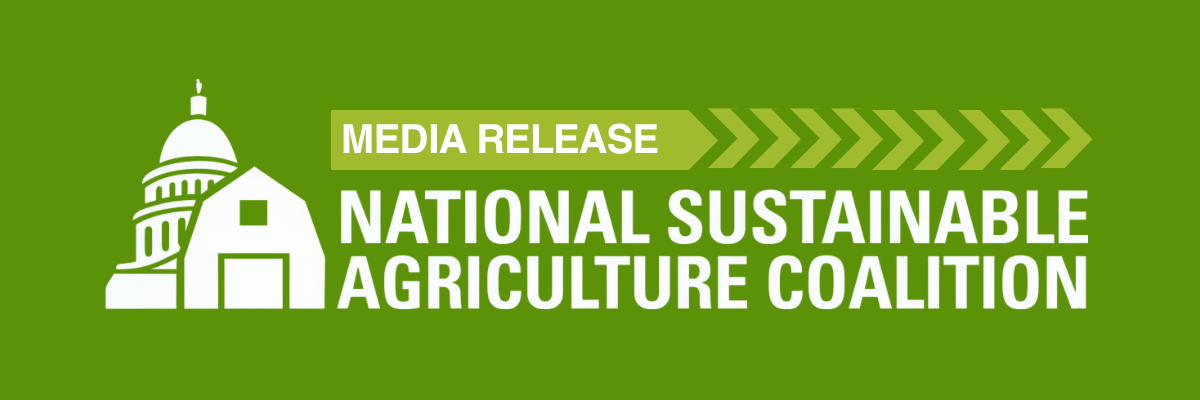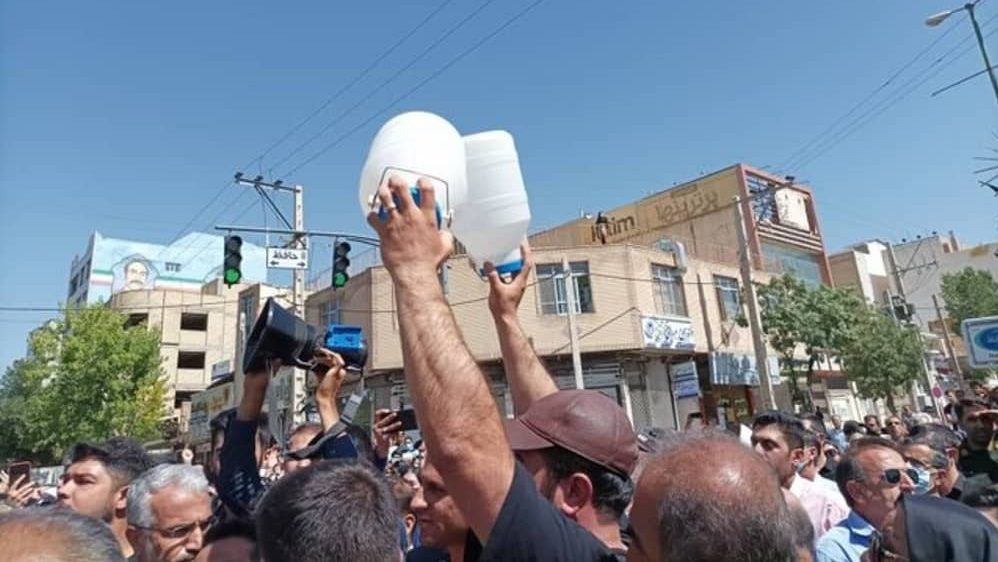Washington Water Supply Update – Department of Ecology – State of Washington (.gov)

Report on Water Rights Adjudication in WRIA 1 and Alignment with Sustainable Development Goals
Introduction and Process Overview
The Washington State Department of Ecology is initiating a comprehensive water rights adjudication process within Water Resources Inventory Area 1 (WRIA 1). This legal undertaking is designed to create a definitive inventory and decree of all water rights, a foundational step for achieving long-term sustainable resource management. This initiative directly addresses multiple United Nations Sustainable Development Goals (SDGs) by establishing a framework for equitable, efficient, and environmentally sound water governance.
Rationale for Adjudication: Addressing Environmental and Climate Pressures
The adjudication is necessitated by a combination of environmental stressors and governance challenges, with direct implications for several SDGs.
- Climate Action (SDG 13): The process is a critical adaptation measure in response to significant climate change impacts in the region, including warmer temperatures, drier summers, and a shift from reliable mountain snowpack to winter rain. This directly addresses the need to build resilience to climate-related hazards and natural disasters.
- Life on Land (SDG 15) & Life Below Water (SDG 14): WRIA 1 contains critical habitats for endangered and threatened species that are under pressure. The adjudication aims to protect and restore freshwater ecosystems by legally clarifying and protecting instream flows, which are vital for biodiversity.
- Sustainable Cities and Communities (SDG 11): Growing demand from water users has placed increasing pressure on finite resources. This process seeks to manage this pressure and protect the region’s natural heritage, ensuring the long-term viability of local communities.
Contribution to Sustainable Water Management (SDG 6)
The adjudication process is a direct implementation of the principles outlined in SDG 6: Clean Water and Sanitation. It aims to resolve decades of water disputes where previous rulemaking and planning efforts proved insufficient.
- Integrated Water Resources Management (Target 6.5): By moving forward with a court-ordered adjudication, the state is implementing integrated water resources management at all levels. The process will result in a single, legally-binding decree that inventories all rights, resolving conflicts and creating a unified management system.
- Addressing Water Scarcity (Target 6.4): The adjudication will legally quantify the amount of water that can be used, by whom, and establish priority during shortages. This will substantially increase water-use efficiency and provide a clear framework for managing water stress.
- Protecting Water-Related Ecosystems (Target 6.6): A primary outcome will be the clarification and quantification of legal stream protections. This will create the first definitive inventory of water rights, ensuring that the needs of the environment are legally recognized and protected.
Socio-Economic and Governance Benefits
The establishment of a clear, legal framework for water rights is expected to yield significant benefits for the local economy, community stability, and institutional strength.
- Decent Work and Economic Growth (SDG 8): The adjudication will create predictability and transparency, making it easier for farmers and other economic actors to buy, sell, or lease water rights through mechanisms like water banks. This supports sustainable economic productivity by clarifying access to a critical natural resource.
- Peace, Justice, and Strong Institutions (SDG 16): This initiative strengthens public institutions by creating an effective, accountable, and transparent legal process for resource management. The final court decree will provide a durable solution to long-standing disputes, promoting peace and justice in water allocation.
Procedural Timeline and Stakeholder Engagement
The adjudication will be conducted through a formal, multi-year process involving property owners and the judicial system.
- Notification: Starting in March 2025, the Department of Ecology will send claim forms by certified mail to all property owners in WRIA 1 identified as potential water rights holders or claimants, excluding those solely on public water systems.
- Claim Submission: Upon receipt, individuals will have one year to complete and submit the form detailing their water use to the Whatcom County Superior Court.
- Judicial Review: The Court will review all submitted forms to inventory and adjudicate every water right, legally determining its validity, quantity, and priority.
- Certification: Following the court’s final decree, the Department of Ecology will issue official adjudicated certificates for all legally validated water uses, solidifying the new management framework.
1. Which SDGs are addressed or connected to the issues highlighted in the article?
- SDG 6: Clean Water and Sanitation
- SDG 11: Sustainable Cities and Communities
- SDG 13: Climate Action
- SDG 15: Life on Land
- SDG 16: Peace, Justice and Strong Institutions
2. What specific targets under those SDGs can be identified based on the article’s content?
-
SDG 6: Clean Water and Sanitation
- Target 6.4: By 2030, substantially increase water-use efficiency across all sectors and ensure sustainable withdrawals and supply of freshwater to address water scarcity. The article discusses the adjudication process to determine “how much water can be used, and its priority during water shortages,” directly addressing the management of water supply and scarcity.
- Target 6.5: By 2030, implement integrated water resources management at all levels. The article describes a collaborative effort between a state agency (Ecology) and a local judicial body (Whatcom County Superior Court) to manage the water resources of a specific basin (WRIA 1), which is a clear example of integrated water resources management.
- Target 6.6: By 2020, protect and restore water-related ecosystems. A key goal of the adjudication is to “protect streamflows by clarifying legal stream protections” and “protecting instream resources,” which is essential for the health of water-related ecosystems.
-
SDG 11: Sustainable Cities and Communities
- Target 11.5: By 2030, significantly reduce the number of deaths and the number of people affected and substantially decrease the direct economic losses relative to global gross domestic product caused by disasters, including water-related disasters. The article addresses the growing pressure from water users and climate change-induced water shortages. The adjudication aims to provide “predictability and consistency that will serve the local economy, communities and environment,” thereby reducing the risk and impact of water scarcity, a slow-onset disaster.
-
SDG 13: Climate Action
- Target 13.1: Strengthen resilience and adaptive capacity to climate-related hazards and natural disasters in all countries. The article explicitly states that the region is “experiencing warmer temperatures and drier summer conditions” and that “snow that used to provide natural water storage is no longer reliable” due to climate change. The adjudication process is a direct adaptive measure to manage water resources under these changing climatic conditions.
-
SDG 15: Life on Land
- Target 15.1: By 2020, ensure the conservation, restoration and sustainable use of terrestrial and inland freshwater ecosystems and their services. The article highlights the need to “protect streamflows” and “instream resources,” which are vital inland freshwater ecosystems.
- Target 15.5: Take urgent and significant action to reduce the degradation of natural habitats, halt the loss of biodiversity and, by 2020, protect and prevent the extinction of threatened species. The article states that “WRIA 1 provides critical habitat for endangered and threatened species,” and the water management process is initiated in part to protect these habitats from the pressures of water use.
-
SDG 16: Peace, Justice and Strong Institutions
- Target 16.3: Promote the rule of law at the national and international levels and ensure equal access to justice for all. The adjudication is a formal legal process (“court decree,” “adjudicated certificates”) to resolve disputes over water, inventory all “legal water rights,” and establish a clear rule of law for water use in WRIA 1.
- Target 16.6: Develop effective, accountable and transparent institutions at all levels. The article describes a process where government institutions (Ecology, Whatcom County Superior Court) are working to create a transparent and definitive inventory of water rights, making water management more effective and accountable.
3. Are there any indicators mentioned or implied in the article that can be used to measure progress towards the identified targets?
-
Target 6.4 (Water-use efficiency and scarcity)
- Implied Indicator: The quantified volume of legal water rights established through adjudication. The article states the process will determine “how much water can be used,” and Ecology will issue “adjudicated certificates for all these uses.” Measuring the total allocated volume against the available supply would indicate progress in managing scarcity.
-
Target 6.5 (Integrated water resources management)
- Implied Indicator: The establishment and completion of the adjudication process for WRIA 1. The article outlines a clear timeline and process, starting in March 2025. The successful implementation of this process is an indicator of integrated management in action.
-
Target 6.6 / 15.1 (Protecting ecosystems)
- Implied Indicator: The legal clarification and quantification of streamflow protections. The article mentions the goal is to “protect streamflows by clarifying legal stream protections.” An indicator would be the formal documentation of these protections in the final court decree.
-
Target 15.5 (Protecting threatened species)
- Implied Indicator: The status of habitats for endangered and threatened species within WRIA 1. While not directly measured in the article, the protection of these habitats is a stated motivation. Progress could be measured by monitoring these specific habitats post-adjudication.
-
Target 16.3 / 16.6 (Rule of law and effective institutions)
- Implied Indicator: The creation of a “definitive inventory of WRIA 1 water rights.” The article states that “Adjudication will create the first definitive inventory.” The completion and public availability of this inventory would be a direct measure of progress.
4. Table of SDGs, Targets, and Indicators
| SDGs | Targets | Indicators (Identified or Implied in the Article) |
|---|---|---|
| SDG 6: Clean Water and Sanitation |
6.4: Increase water-use efficiency and address water scarcity.
6.5: Implement integrated water resources management. 6.6: Protect and restore water-related ecosystems. |
Quantified volume of legal water rights established via adjudicated certificates.
Establishment and completion of the water adjudication process for WRIA 1. Legal clarification and quantification of protected streamflows in the court decree. |
| SDG 11: Sustainable Cities and Communities | 11.5: Reduce economic losses and impacts from water-related disasters. | Establishment of a predictable water management system to serve the local economy and communities. |
| SDG 13: Climate Action | 13.1: Strengthen resilience and adaptive capacity to climate-related hazards. | Implementation of the adjudication process as a formal adaptation strategy to climate change-induced water shortages. |
| SDG 15: Life on Land |
15.1: Ensure conservation and sustainable use of inland freshwater ecosystems.
15.5: Protect threatened species and halt biodiversity loss. |
Quantification of protections for instream resources.
Status of critical habitats for endangered and threatened species in WRIA 1. |
| SDG 16: Peace, Justice and Strong Institutions |
16.3: Promote the rule of law and ensure access to justice.
16.6: Develop effective, accountable, and transparent institutions. |
Number of water rights disputes resolved through the legal adjudication process.
Completion and publication of the “definitive inventory of WRIA 1 water rights.” |
Source: ecology.wa.gov

What is Your Reaction?
 Like
0
Like
0
 Dislike
0
Dislike
0
 Love
0
Love
0
 Funny
0
Funny
0
 Angry
0
Angry
0
 Sad
0
Sad
0
 Wow
0
Wow
0







































































